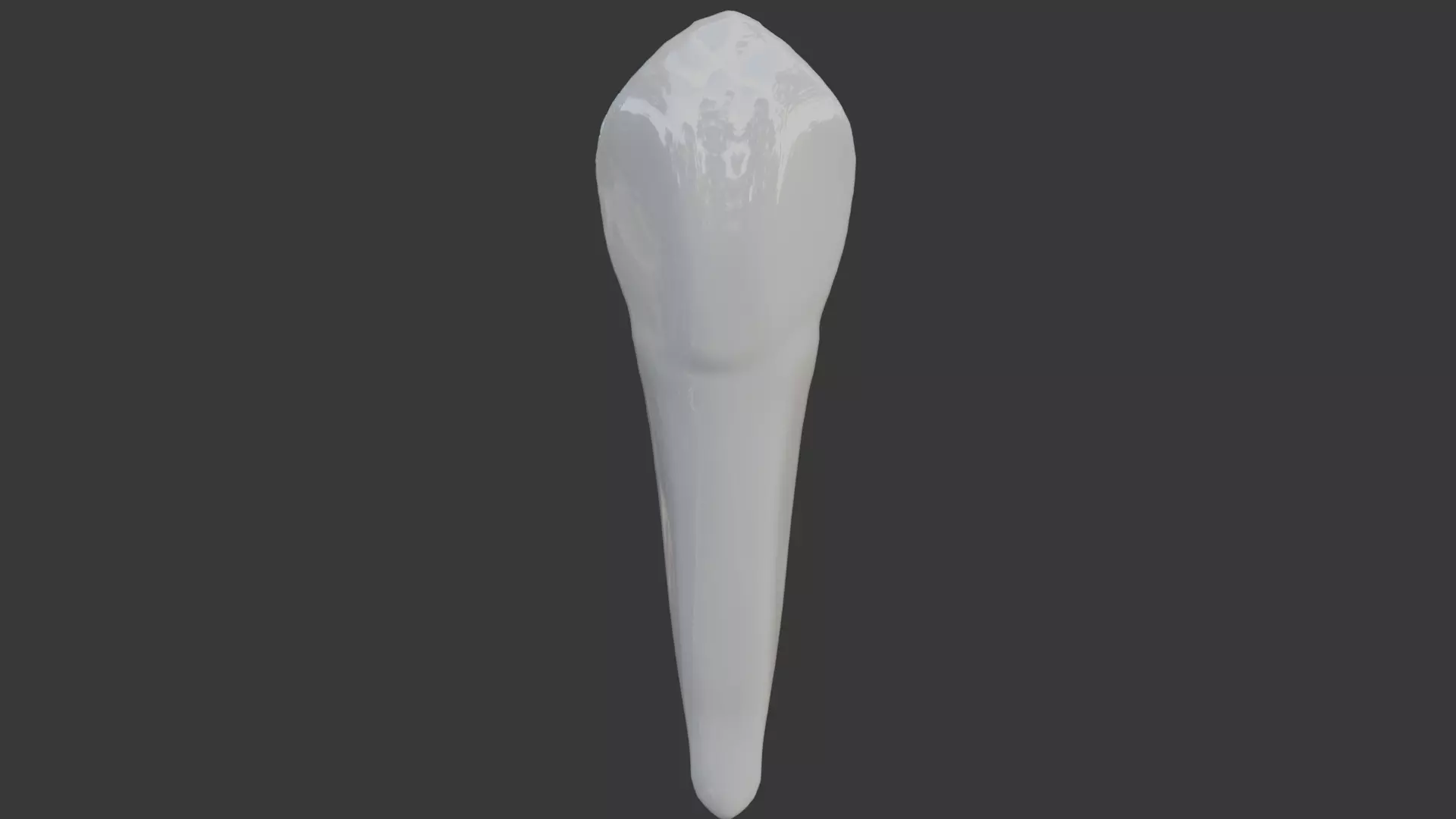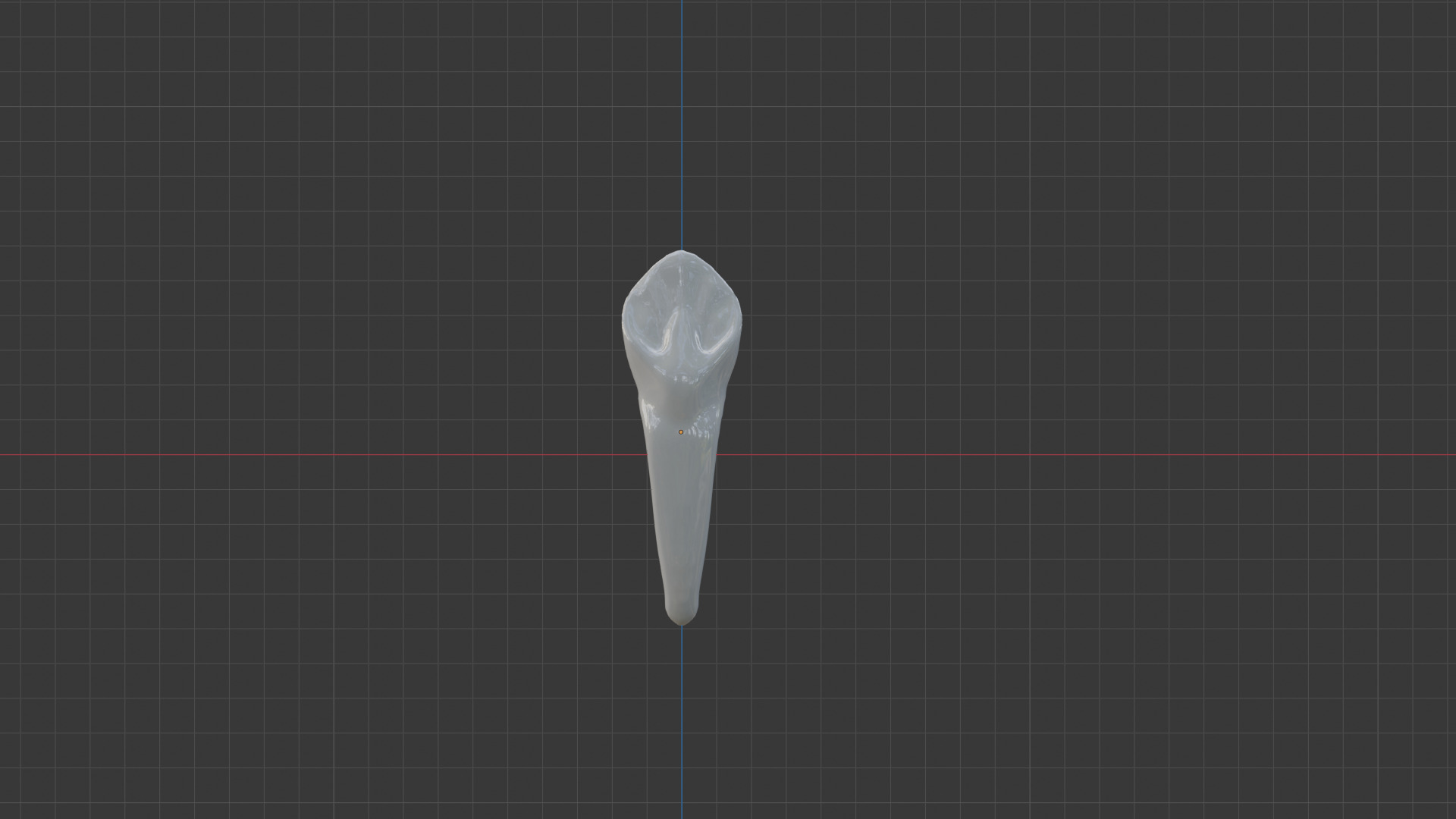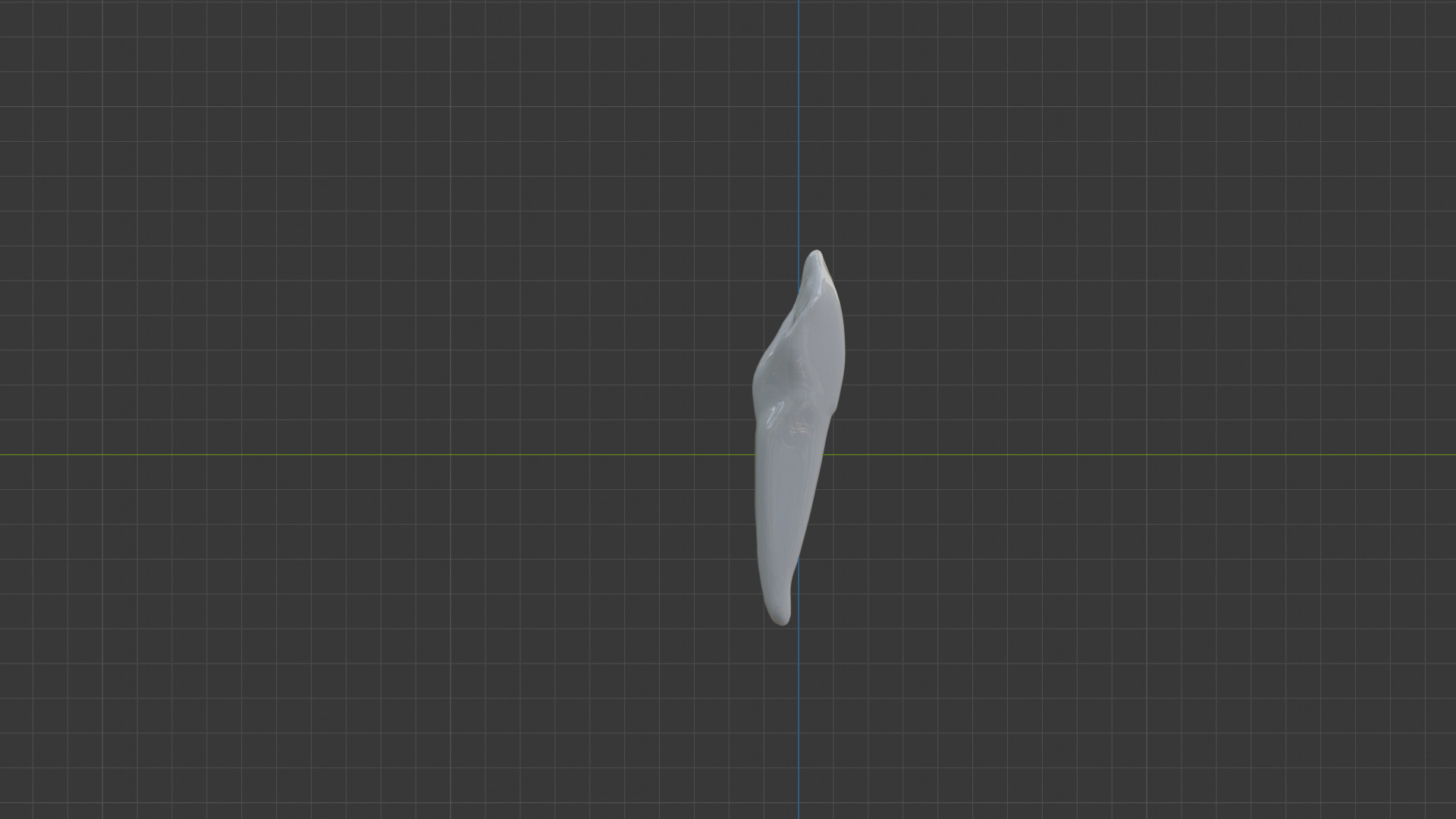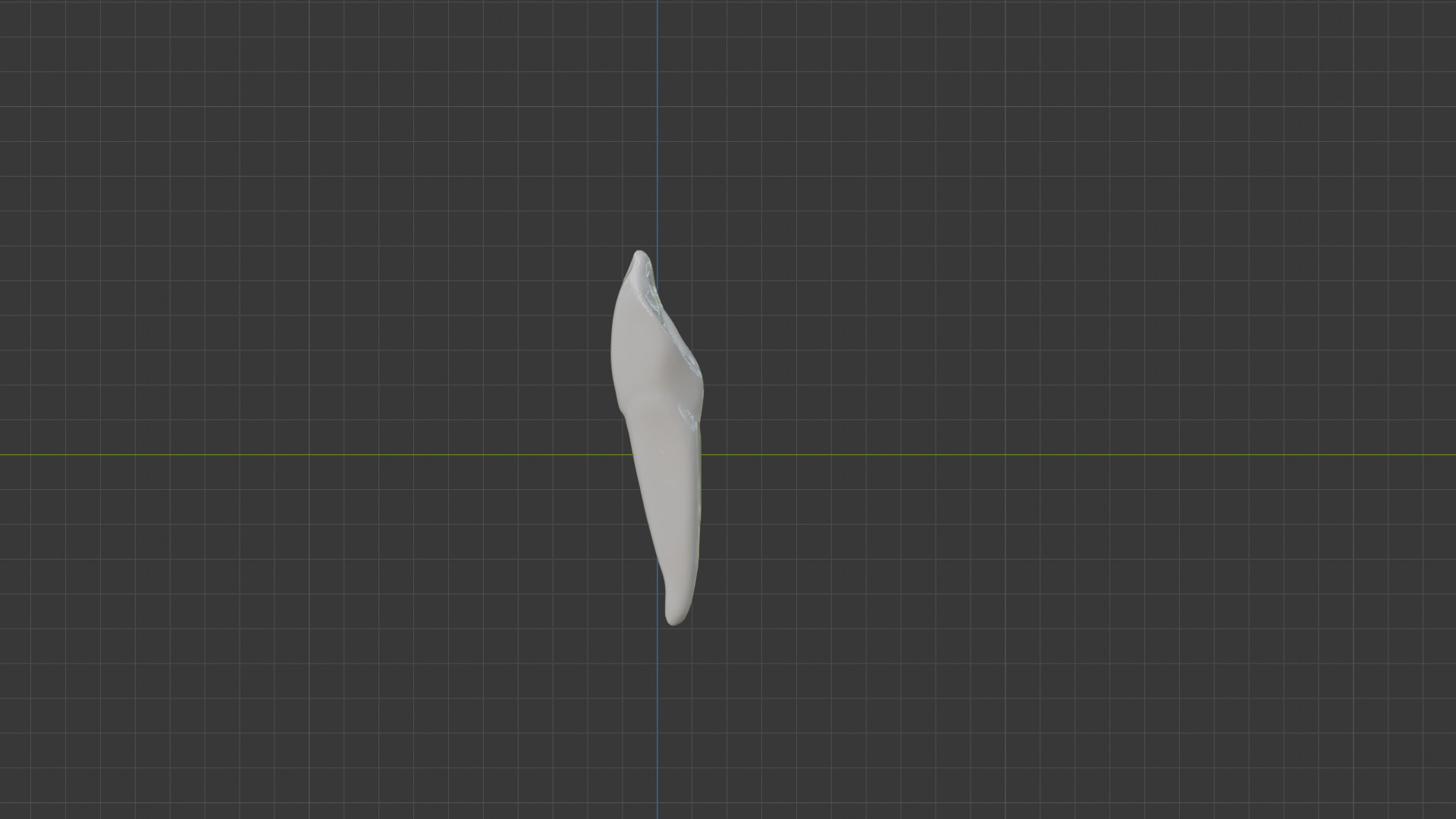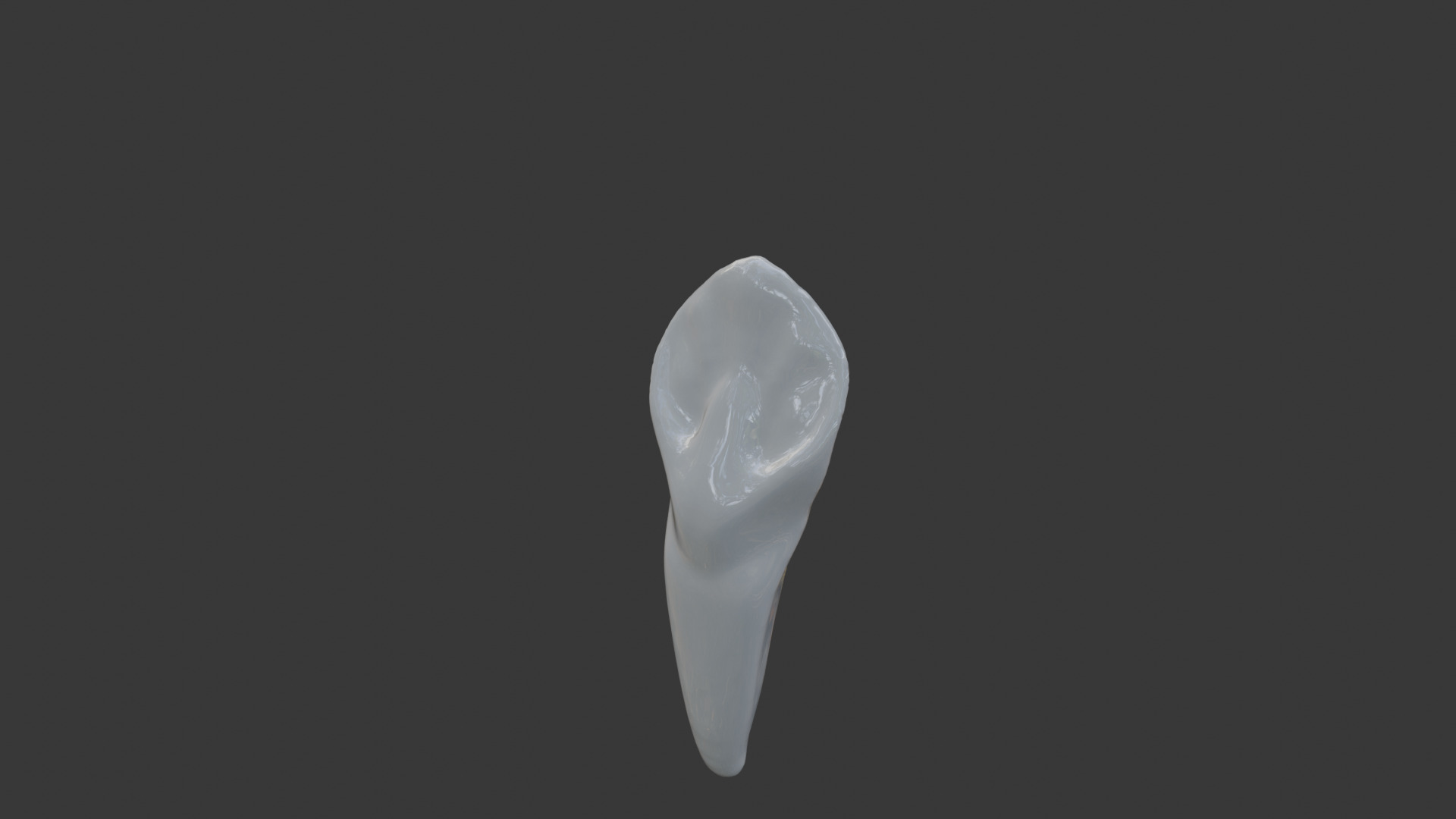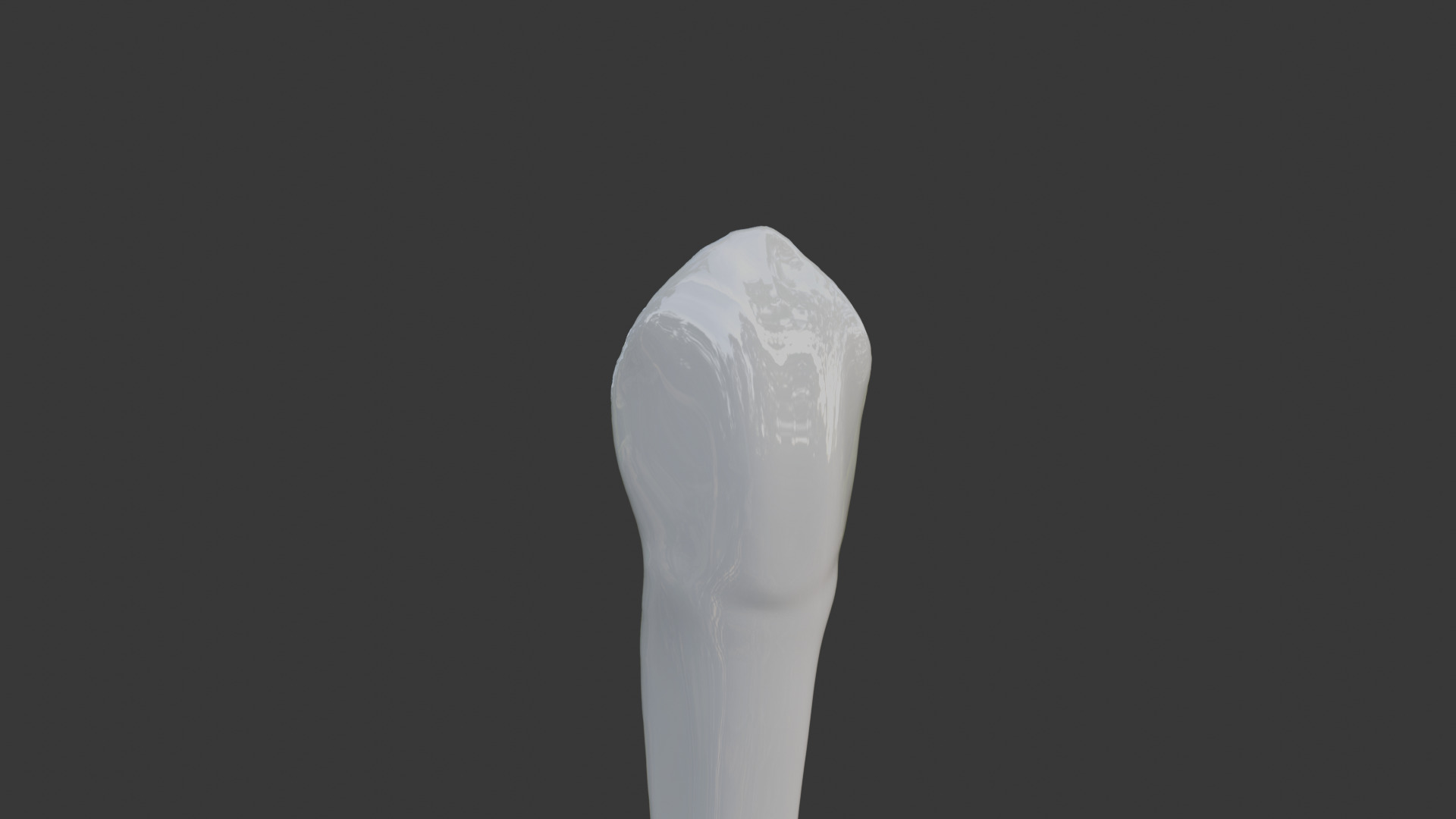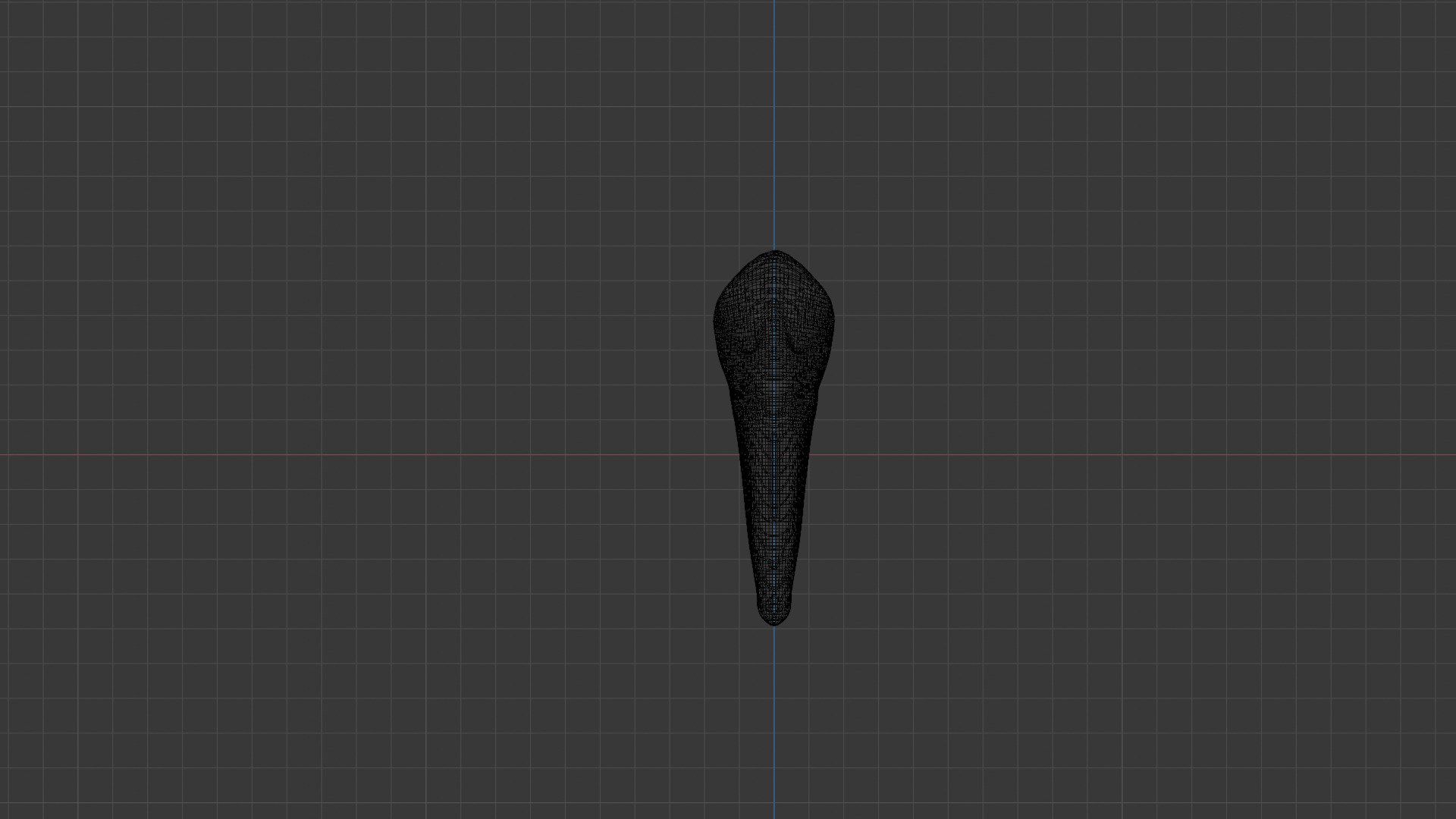
Canine Teeth v3 3D model
Anatomy of the Human Canine ToothIn the human mouth, canine teeth, also known as fangs, are conical and pointed teeth that help both in tearing food, like incisors, and in grinding, like molars. Typically, there are four in total, two in each jaw.
Location and CharacteristicsCanine teeth are located between the incisors and premolars. They are notable for being the longest teeth in the mouth. This length allows them to effectively pierce and tear food during chewing. They are single-rooted teeth, and their roots are usually quite long, which helps the tooth anchor firmly to the jawbone.
StructureA canine tooth primarily consists of the following parts:
Enamel: This is the outermost layer of the tooth and the hardest substance in the body. It protects the tooth against wear and decay.Dentin: Located beneath the enamel, this is a bone-like substance. It forms the bulk of the tooth and is softer than enamel.Pulp: This is the soft tissue portion located at the center of the tooth. It contains blood vessels, nerves, and connective tissue. This part provides nourishment and sensitivity to the tooth.Cementum: A thin layer covering the outer surface of the tooth root. It serves as the attachment point for the periodontal ligaments (connective tissue fibers) that connect the tooth to the jawbone.Root: The part of the tooth embedded in the jawbone. Canine teeth are single-rooted.Crown: The visible part of the tooth in the mouth.FunctionsThe main functions of canine teeth include:
Piercing and Tearing Food: Thanks to their pointed tips, they are very effective at piercing and breaking down fibrous foods like meat and harder foods.Chewing Guidance: They guide chewing movements by ensuring the correct occlusion (contact) between the upper and lower jaw teeth. They help the jaws move sideways during chewing.Facial Aesthetics: They play a significant role in facial aesthetics by shaping and supporting the corners of the mouth.Canine teeth are indispensable for overall oral health and function. Their health is crucial for chewing efficiency as well as the general appearance of the face.
